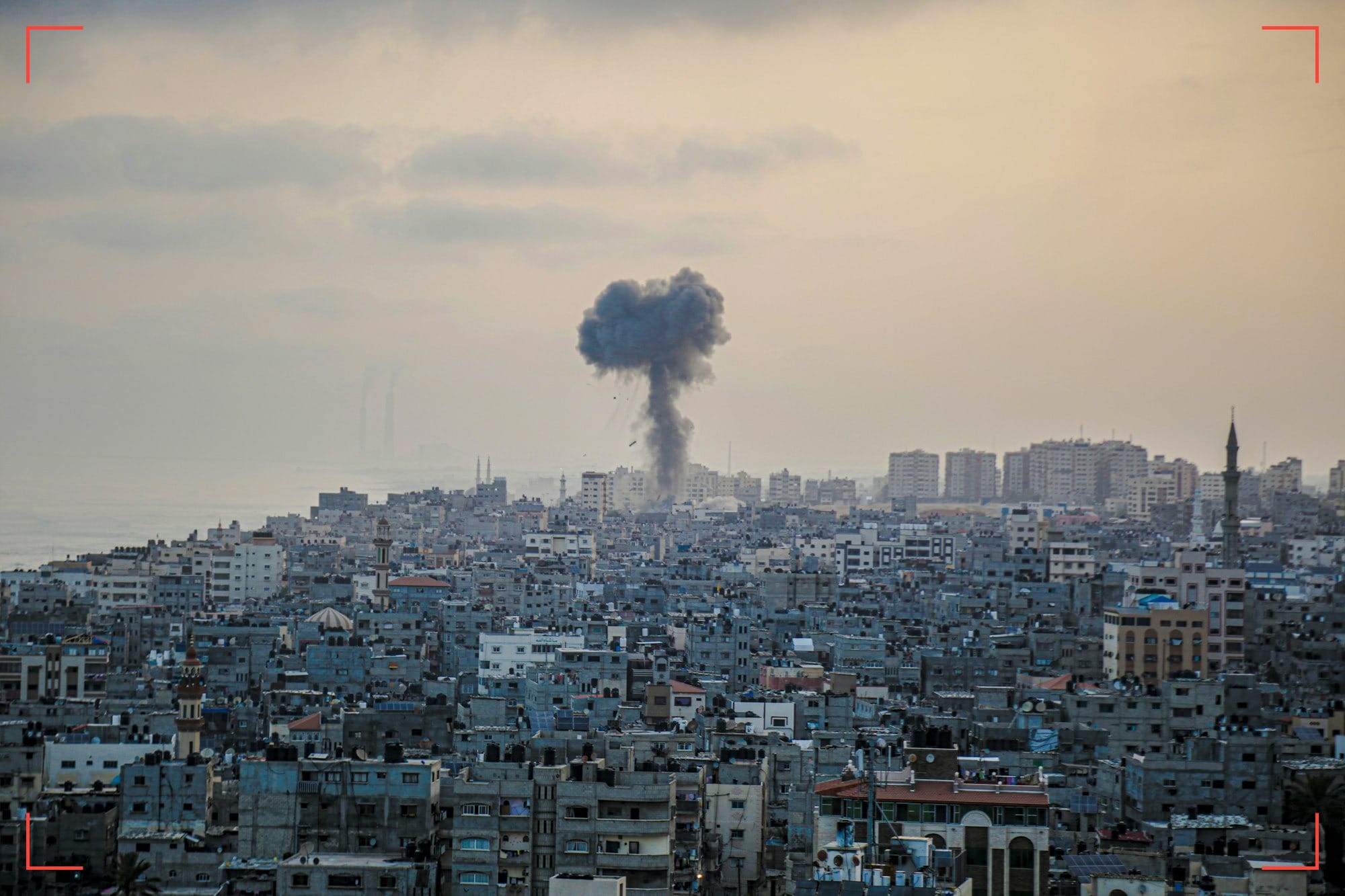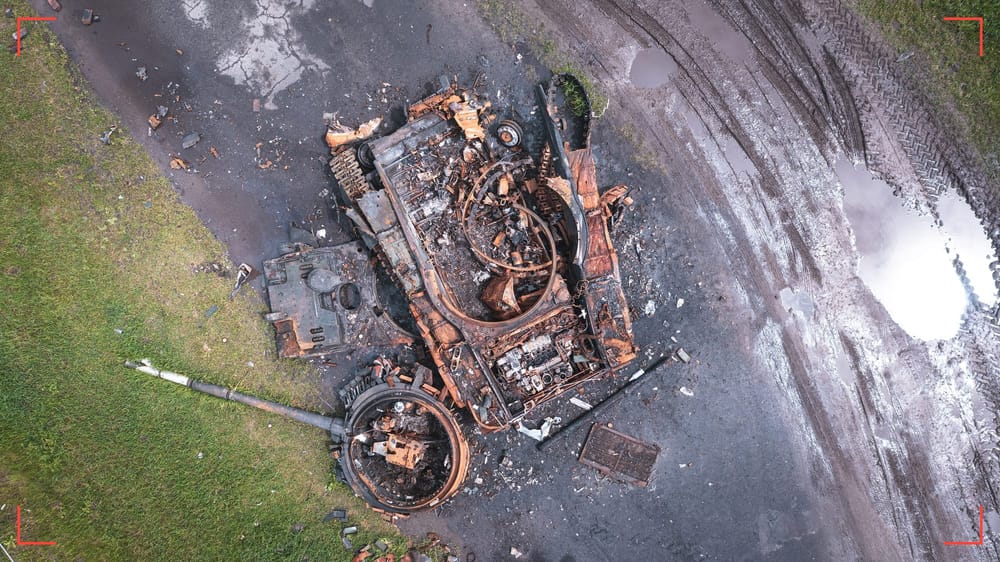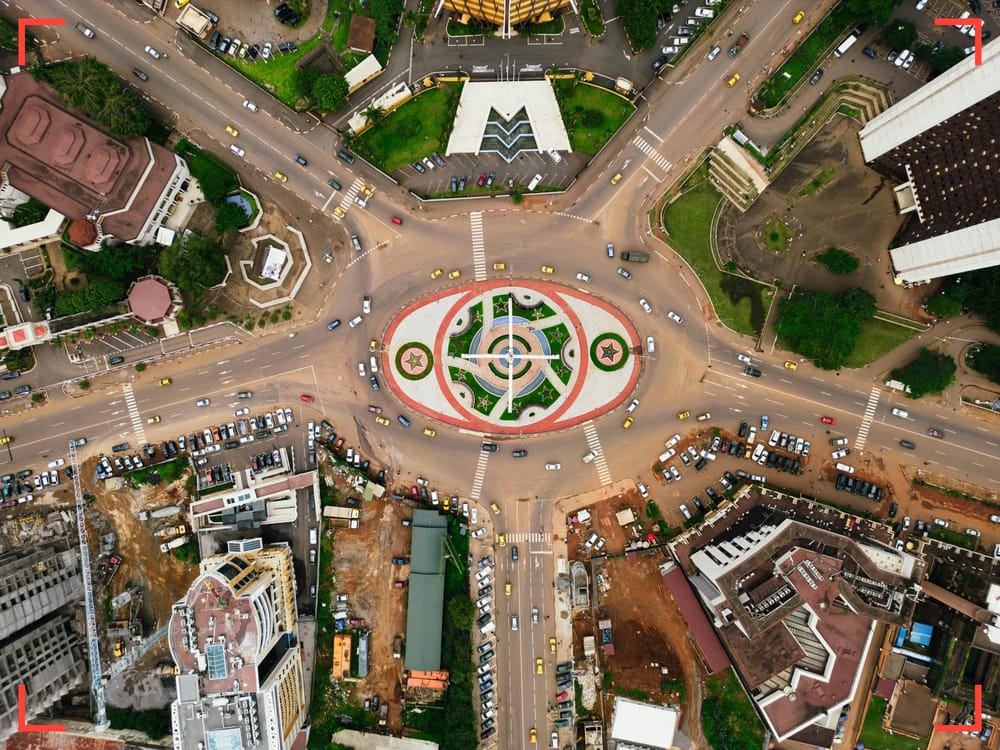
Report Details
Initial Publish Date
Last Updated: 07 FEB 2025
Report Focus Location: MENA
Authors: CM, MA, SO
Contributors: GSAT
GSAT Lead: MF
RileySENTINEL provides timely intelligence and in-depth analysis for complex environments. Our global team blends international reach with local expertise, offering unique insights to navigate challenging operations. For custom insights or urgent consultations, contact us here.
Key Points
- Since October 7, 2023, an estimated 46,000 Palestinians have lost their lives, while 110,000 others sustained injuries. 90% of the population in Gaza (1.9 million people) has been forced to flee their homes. Moreover, 92% of Gaza’s homes have been destroyed or damaged, according to UN estimates.
- The IDF reports that the October 7 attacks killed about 1,200 civilians and 300 Israeli service members. Along the same line, since the military operation in Gaza began, 405 Israeli service members have been killed.
- Hamas militants took 251 Israeli hostages when they attacked Israel on October 7, 2023. As of January 19, 2025, the Group is still holding 94 captives, both civilians and soldiers. Israel believes that only 60 are still alive.
- On Wednesday, January 15, 2025, Qatar, Egypt, and the United States announced that Hamas and Israel had reached a three-phased deal that would halt the war in Gaza and result in the release of Israeli hostages held captive by Hamas in Gaza.
- On January 17, the Israeli security cabinet approved the hostage-ceasefire agreement with Hamas. The following day the full Israeli government voted to approve the deal, despite pushback from far-right elements.
- While both Israel and Hamas have agreed to the ceasefire, details are still being worked out, meaning some terms are foreseeable to change, or the whole deal has a chance to even fall through, and the fighting would resume.
- The official ceasefire agreement is broken up into three distinct phases, which will progress as the previous one is completed to the satisfaction of both Israel and Hamas. The first two phases were designated to each take 42 days.
- The IDF plans to release up to 2,000 Palestinian prisoners. It was known that 33 Israeli hostages still in Hamas captivity are slated to be gradually freed in releases every seven days as part of the first phase of the deal. According to Israel, based on the list they received from Hamas, 8 of those Israeli hostages are dead.
- Israeli troops are to pull back into a buffer zone about a kilometer (0.6 miles) wide inside Gaza along its borders with Israel.
- There is also an expected surge in humanitarian aid deliveries to Gaza, with hundreds of trucks filled with supplies allowed daily. Hospitals, clinics, and bakeries will also be rehabilitated.
- By the end of the first phase, Israel has pledged to begin reducing its forces in the Philadelphi corridor, a strategic strip of territory along Gaza’s border with Egypt, and completely withdraw by Day 50. The Philadelphi corridor has become one of the most contested issues of the ceasefire negotiations, due to Israel’s demand to maintain a long-term presence in the area while Hamas is demanding a full Israeli withdrawal.
Remaining content is for members only.
Please become a free member to unlock this article and more content.
Subscribe Now






